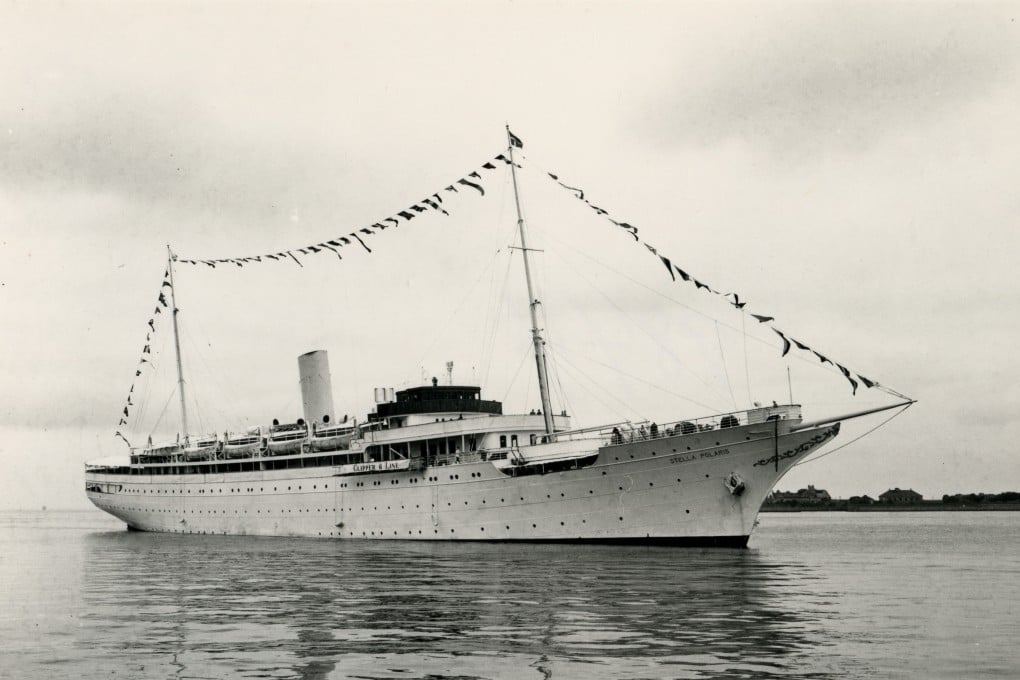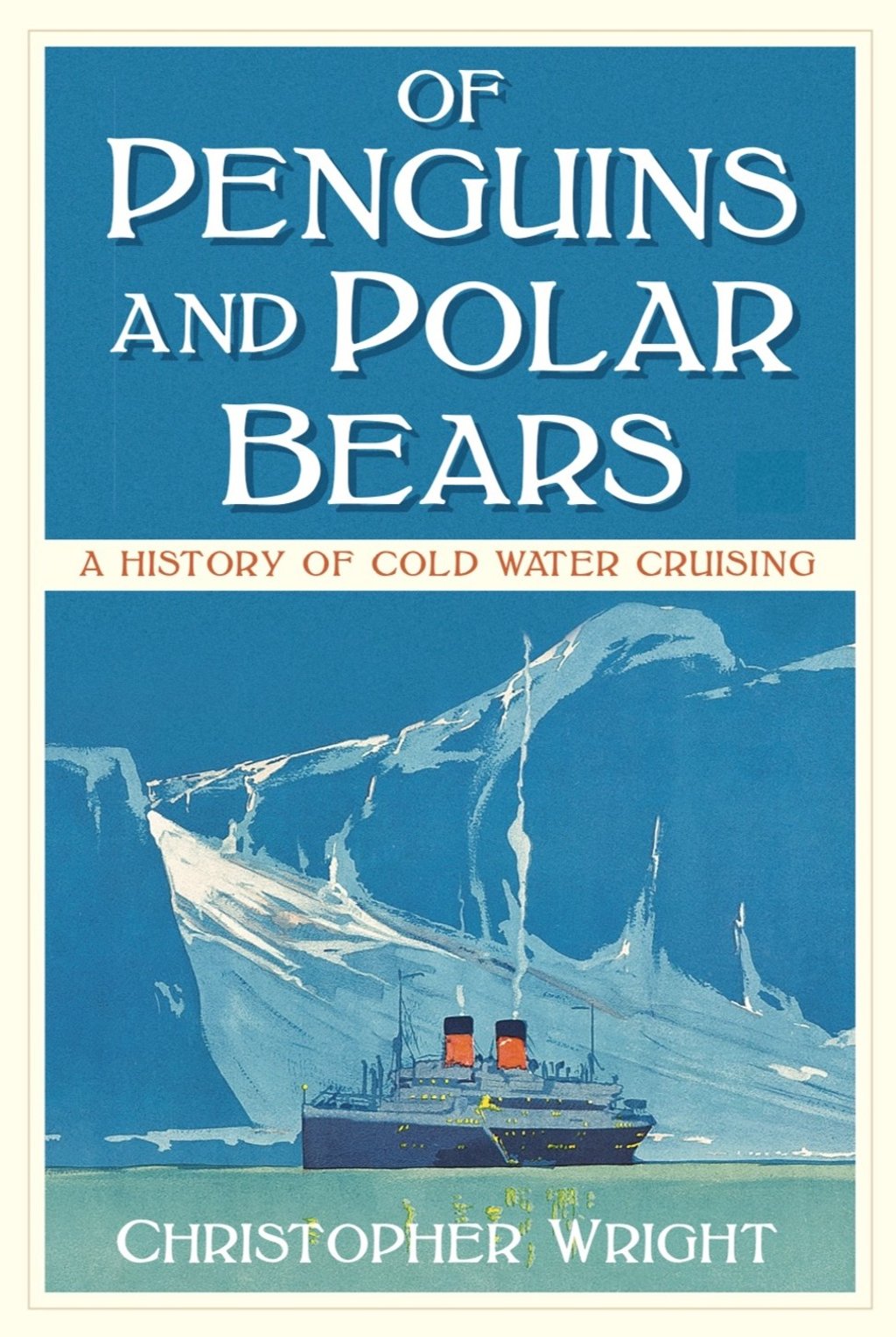Travellers' Checks | The Stella Polaris: when Hong Kong welcomed the grand cruise ship, in 1929
- One of the world’s first purpose-built luxury cruise ships, the Stella also carried writer Evelyn Waugh around the Mediterranean
- Plus, Niue Island in the South Pacific becomes the first country to be named an International Dark Sky Place

The arrival on Christmas Eve, 1929, of the Stella Polaris was eagerly awaited in Hong Kong. “From the illustrations and brochures,” noted the Hong Kong Daily Press on December 14, “the vessel appears to be as luxurious as any ship that has ever steamed into the port [...] with spacious promenade decks and comfortable cabins with the latest Thermotank Punkah ventilating system.”
The same paper witnessed her grand arrival at the Kowloon Wharf: “Her graceful yacht-like lines, and gleaming white paint attracted immediate attention as she made her way into her berth passing sturdy cargo boats, warships, and native craft.”
One of the first purpose-built luxury cruise ships, the “Stella” had carried English writer Evelyn Waugh around the Mediterranean earlier that year. The resulting Labels: A Mediterranean Journal (1930) was his first travel book, in which he had promised the ship’s Norwegian owners generous coverage, in exchange for a free berth.
“Every Englishman abroad, until it is proven to the contrary, likes to consider himself a traveller and not a tourist,” he wrote. “As I watched my luggage being lifted on to the Stella I knew that it was no use keeping up the pretence any longer. My fellow passengers and I were tourists, without any compromise or extenuation.” On board, “as one would expect from her origin, she exhibited a Nordic and almost glacial cleanliness. I have never seen anything outside a hospital so much scrubbed and polished.”

When not on world cruises, the Stella spent much of the 1930s in Scandinavia and the Arctic, setting the industry standard for Arctic pleasure cruising. A new book published this month called Of Penguins and Polar Bears: A History of Cold Water Cruising, by Christopher Wright, looks at the story of how she and other interesting cruise ships opened up the polar regions to tourism, and should appeal to anyone considering, or recalling, a similar voyage.
After a long and distinguished career, the Stella was sold to a Japanese company in 1969. She became a floating hotel then a floating restaurant, serving Scandinavian smorgasbords off the Izu Peninsula. In 2006 she was bought by a Swedish company for refurbishment in Stockholm, but sank under tow while still in Japanese waters.
